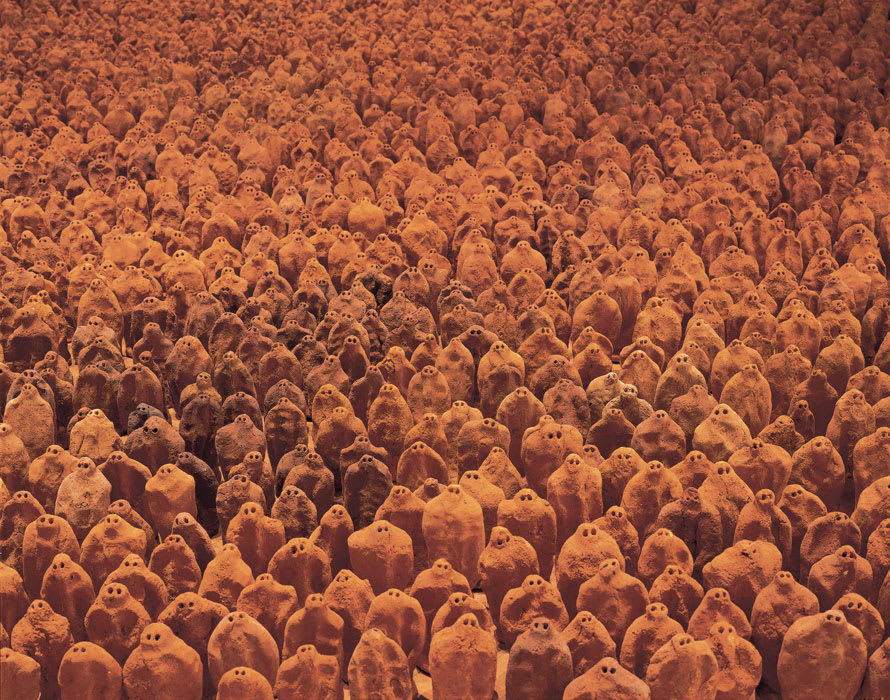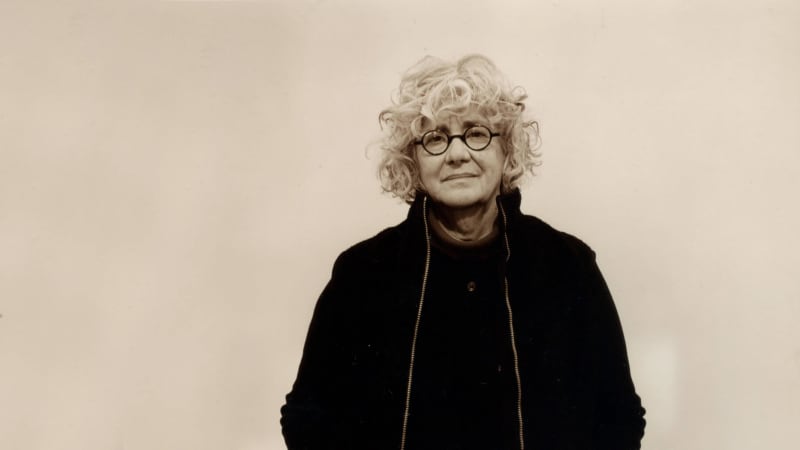Antony Gormley Socle du Monde Biennial 2021 . (This link opens in a new tab).
Antony Gormley's AMERICAN FIELD (1991) is on display at Heart Museum of Contemporary Art as part of the 2021 edition of Socle du Monde Biennial in Herning.
Socle du Monde was established in 2002 and is as such the oldest Danish biennale of contemporary art. The title is an homage to Piero Manzoni’s seminal sculpture by the same name, “Socle du Monde” – a central work in HEART’s collection.
Socle du Monde biennale 2021 reflects upon a world in flux. Architectural operations, legendary artifacts, awe-inspiring installations, and thought-provoking images and audio.
The human body offers infinite scope for exploring and reflecting on the one thing we may know best of all. British artist Antony Gormley (1950–) creates his fantastic sculptures out of a deep fascination with the human form and its relationship with the world around it.
Using his own body as a template, Gormley casts figures out of a range of materials, including metal and plaster, taking them as the starting point for his works. Gormley uses this medium to reflect on humankind’s place in the world, how we inhabit the space around us, and how we relate to it. Man’s spatial presence is a key preoccupation in Gormley’s work, and his explorations include arranging human forms in unusual positions or settings, or distorting the form he took as his starting point. He also engages the viewer by disrupting their own perception of their spatial presence and its effect on the art they observe. Another key focus point concerns man’s place in nature – outside the gallery space. Placing human forms in natural settings reveals how nature itself manipulates, erodes, or changes the form with the passage of time.
American Field, 1991
From the beginning I was trying to make something as direct as possible with clay: the earth. I wanted to work with people and to make a work about our collective future and our responsibility for it. I wanted the art to look back at us, its makers (and later viewers), as if we were responsible – responsible for the world that it and we are in.
—Antony Gormley
Here you are! You cannot enter the hall, because the work American Field has taken over the entire space, forming an infinite community that is limited only by the walls of the building. Look at the figures in front of you. Are they looking at you? What do they want from you?
Gormley’s first Field, a small group of 156 terracotta figures, each 20 centimetres high, was made in 1989 by Gormley and his assistants in London and shown in New York, with the figures facing inwards. Later the same year, Gormley created a second Field in Sydney (Field for the Art Gallery of New South Wales) comprising 1,008 clay figures, made in collaboration with seven student helpers. The figures were placed in radiating lines facing inwards in a pattern evoking the two halves of the human brain and allowing the viewer to walk into the centre of the work.
In December 1990, Gormley worked with brickmakers and their families in the Parish of San Matías, Cholula, Mexico, to shape small figures out of the clay of San Matías for American Field. Each of the figures, standing between 8–26 cm tall were handmade, sun-dried and then baked in a brick kiln. Together they made a field of 35,000 figures, which were exhibited as a solid and impenetrable mass, facing towards the viewer, filling gallery and non-gallery spaces in America and Canada. This Field, known as American Field, became the precursor for subsequent Fields in Europe.
Field marked a significant departure in the artist’s work: a reduction in the scale of the figures, a proliferation in their number and the elimination of the artist’s body from the process. The making of the work was always collaborative: everyone was encouraged to find their own way of making, following a few simple guidelines – figures had to be hand- sized, with eyes, and be capable of standing.
Antony Gormley sees Field as a question. It questions us, reversing the normal relationship between viewer and art. The figures look at us and ask, “what kind of world are you making?”











































































































































































